Reviews 13 min read
BYD SEAL: A true competitor to the Tesla Model 3
Discover EV expert verdict...
- Attractive pricing
- High levels of standard equipment
- Spacious
- Poor displays
- Pedal input delay
- Charging speeds slower than some rivals
Overview
In the UK BYD is probably a company you have never heard of but it is very much part of your life. If you’re reading this on a smart phone, there is a good chance BYD has been involved somewhere along the line with its manufacture or assembly. If you’re reading this on an iPad there is a 50 per cent chance it was assembled by BYD. If you’ve travelled by electric bus in London, nearly half of them are BYD’s, and given they make forklift trucks there is a good chance a lot of things in your house have been shifted around by a BYD vehicle at some point.
So what about cars? In the first half of this year (2023) BYD made it to the top 10 manufacturers by sales volume making 1.25 million vehicles in six months, just behind Suzuki and Honda, and since March this year when BYD opened their first showrooms, you can now buy their cars here in good ol' Blighty. In China, there are five models to choose from, but here we only get the Atto, Dolphin, and now the SEAL, with a larger SUV crossover version planned soon. Currently there are 10 showrooms set up in a traditional franchised retail landscape, there’ll be another 25 by the end of this year and BYD has aspirations to open a further 60 by the middle of 2024.
The SEAL shares the same e-Platform 3.0 that the BYD Dolphin is based on and there is much more about what this means along with blade battery tech here, but the SEAL feels a lot more grown up and a more polished premium product.
Incidentally BYD showed us a video of a SEAL undergoing significant side impact on both sides which also impacted the blade battery system, which is built using a honeycomb structure and is an integral part of the structure of the car. They then took the battery out of the car and put in another SEAL and it drove off perfectly happy. Impressive stuff.
Driving
We attended the Seal launch event in the Cumbrian countryside. Our driving consisted of a track session at Ford’s M-sport test facility at Dovenby Hall estate and then a two-hour drive to Ullswater and back. Arriving in the wake of storm Debbie both were a very wet experience.
The track session was up first and covered with standing water . There is a choice of two drivetrain options – the BYD SEAL Excellence (AWD) and BYD SEAL Design (RWD). We were behind the wheel of the former version, which accelerates from 0-62mph in 3.8 seconds. We were able to push the car quite hard through a number of laps, and for an EV it handled exceptionally well. The car’s new iTAC (Intelligent Torque Adaption Control) system only stepped in a few times, and quicker than we could apply any real opposite lock. The car generally felt flat and neutral through the corners with little understeer and a slight tendency to oversteer under power. Seriously impressive, considering the speed we were going and the conditions. Just a little note here about the iTAC technology… The system continually monitors wheel speeds and motor resolver sensors, making accuracy recognition some 300 times faster than the old method of restoring vehicle dynamics, which could previously only control the vehicle by braking to reduce torque when encountering a skid.
We then took the car on public roads, where the route took in some twisty sections of the Lake District National Park and a few sections of dual carriageway. Trying the Lane Keep Assistance on the A-roads certainly worked, but could definitely be better, especially when compared to Tesla’s driver assistance systems. It felt fidgety and made lots of tiny inputs where they weren’t necessary, again this could have been down to the driving rain but I definitely felt I had to be much more attentive over it than other manufacturer’s versions.
Road noise was good, having driven a Tesla Model 3 from Kent to Cumbria and back, we can say the Seal was a class above the Tesla - no doubt helped by the double layered laminated glass, but some of the other cars in its class fair better.
We drove in Sport mode for most of the time. The car felt balanced, better damped and compliant in this mode rather than the default Normal mode supposedly designed for everyday use. In Normal it felt like a considerable downgrade to the overall feeling of the car and it was almost like Sport should be default and then a faster, sharper handling mode above that. This is more likely a personal preference but Normal felt like it was unable to handle the power of the car and was a little loose and floaty at high speeds, but not dissimilar to other cars in its class such as the Genesis GV60.
Overall in Sport mode the front double-wishbone and five-link rear suspension system is excellent. If we had to mention any gripe it would be with the accelerator pedal, which has a fractional delay when pressed before the power comes in, and more concerning, a delay in the power being removed when the accelerator is released resulting in a short pause before the regen kicked in. This is not unusual with EVs and several other marques do this, namely Genesis and early MGs, and again maybe personal preference, but we found it slightly annoying.
We briefly drove the RWD version and whilst almost identical to drive under normal conditions, a brief press of the accelerator and the lesser power was noticeable. And that’s because the AWD version has an electric motor on the front and rear axles (160 kW plus 230 kW, or 215bhp plus 308bhp), resulting in a total power output of 390 kW (390bhp), whereas the RWD single motor version has 230 kW (272bhp) enabling a zero to 62mph of 5.9 seconds. Around roundabouts (again it was very wet) the same brief press of the accelerator very much proved its RWD setup.
Range and charging
Born out of relentless research and development, and a major advancement for the EV industry, is the ground-breaking Blade Battery, launched by BYD in March 2020. It uses Lithium Iron-Phosphate (LFP) as its cathode material, which offers a much higher level of safety than conventional lithium-ion batteries. LFP batteries are also 100 per cent free of cobalt, a material that raises ethical and environmental concerns in the mining industry. Less sensitive to temperature fluctuations and offering better thermal stability, they are more resistant to extreme temperatures without the risk of igniting or exploding, while they can withstand more charge and discharge cycles with hardly any loss of capacity. This makes these batteries particularly durable.
With a height of only 110mm for the entire battery pack, the Blade Battery also contributes to the efficient vehicle packaging and optimised interior space of the BYD SEAL, without compromising on range and lifespan. BYD’s battery technology also supports Vehicle to Load (V2L) allowing the BYD SEAL to be used as a portable power supply for electrical devices – such as the DJ on the night of the launch!
The RWD Design version has a claimed range of 354 miles while the AWD Excellence offers 323 miles. The BYD SEAL offers an 11 kW 3-phase on-board charger for AC charging as standard, and can be fast charged with a maximum 150kW. With this amount of power, the battery can be charged from 30 to 80 to per cent in 26 minutes, which is slower than some rivals which can charge up to 350kW.
Design
The SEAL adopts BYD’s ‘Ocean-X Design’ language, which takes its inspiration from yep you guessed it, the ocean, and its power and beauty. Not only is it supposed to look dynamic and graceful, but it’s also aerodynamic. Together with a low-to-the-ground body, the flush door handle design and rear diffuser gives this BYD a drag coefficient of just 0.219Cd. To put this into context that puts the SEAL firmly near the top of the list in the company of the Nio ET7, Lucid Air and even the Volkswagen XL1 (if you don’t know what that is have a read here).
It’s a good looking car with its clean, sleek lines, sloping fastback silhouette and two-colour 19” alloy wheels. The rounded front featuring a low bonnet with integrated LED headlights and double cluster running lights in the bumper, may divide some opinions but it was winner of the esteemed iF Design Award 2023 so clearly the panel are fans.
The rear of the car features a full width light bar, so de rigueur nowadays, but the keen-eyed among you may also spot the 3.8s badge. This is obviously nothing to do with the engine size or an S version of the car, but rather its 0-62 time. Something we confirmed on track. In fact, we suspect it could probably be quicker in the dry.
There are six body colours (Ice Blue, Atlantis Grey, Polar White and Space Black and optional extra Shadow Green and Indigo Grey)..
The interior is nearly identical on both the AWD and RWD models, and is a nice place to be, especially in the lighter colour option. It is packed with advanced driver assistance technology as standard and there is very little that you can’t find here as standard, and with very high quality finishes. The plush heated and cooled seats are complimented by suede trim and an oversized panoramic glass roof gives it a real premium feel.
The central screen is complimented by a smaller screen in front of the driver and the AWD version gets a head-up display too (one of the only two differences between the versions). The crystal gear selector apparently mirrors a large water droplet, and is the control lever for all the key driving commands, while the centre console resembles a seal emerging from the sea. Yep, we couldn’t see it either.
Air conditioning settings are electronically adjusted and operated on the central display interface, and in the top left you’ll find inside and outside figures showing an Air Quality Index score (AQI. This is key for the Chinese market and it continuously monitor parts per million and offers to purge the car if it detects a high level inside. We tested this and it worked very well showing a much lower figure for the cabin demonstrating a higher quality of air, thanks to BYD’s air purification system.
Comfort and practicality
The thing that impressed us the most was leg room, thanks to the narrow central tunnel section and ergonomically designed front seats. BYD shuttled us around over the two-day launch and with four adults in the car, I had more than enough space even in the back, and at six foot two that’s impressive. The angles of the rear seat back and cushion padding means it’s very comfortable as well.
Combined with the fact the SEAL has a 402-litre boot, 53-litre frunk, and more than 20 flexible storage spaces, it is truly incredible what they have done with the space in the car. You could easily accommodate five adults over short journeys. Its Cell-to-Body (CTB) architecture (means the battery is incorporated into the entire vehicle structure), combined with the compact ‘space-saving’ Blade Battery packaging, also means ample headroom, despite the car’s low-slung appearance. On track I easily fitted inside with a helmet on, something I can't do in many other cars of a similar size.
The only slight annoyance with the car’s interior are the over-zealous bongs if you creep over what the car thinks is the speed limit or you slightly stray outside your lane, and they get annoying fast. This is compounded by the fact both the sat nav and the central and driver display gave different speed limit readings several times. The former would correctly show 60mph for example, while the displays showed 40mph, so the car tries to alerts you even though you’re within the limit. Hopefully it’s something which will be ironed out in the near future.
The infotainment is probably the other let down on the car. The large trademark BYD 15.65” multimedia touchpad can rotate from portrait to landscape just like the Dolphin, which is a nice touch and you can split the screen between two apps, but in reality there are only two apps that currently support this, the in-built navigation and Spotify. The nav is one of the most responsive maps we’ve seen to spin, zoom and scroll and feels nice to use. The rest of the interface has some moments of genius, for instance being able to see all the currently open apps, with the ability to swipe up – iPhone-style – to remove them, but also not particularly clear or massively intuitive. The two wireless charging docks for mobile phones on top of the centre console is a nice touch.
The 10.25” full instrument LCD panel screen in front of the driver is extremely cluttered and smacks of an aftermarket Tesla Model 3 display you can install. It’s probably the worse bit about the car and looks cheap surrounded by the plush interior and against the central screen and heads-up display. Interestingly we later read on the press release that the vehicle's front face was the inspiration for the instrument panel, so perhaps it’s a personal thing.
Verdict
Compared to its direct competitor, the Tesla Model 3 – BYD’s SEAL RWD is more expensive than the Yank alternative at £45,695 vs £39,990, but interestingly the dual motor AWD version is cheaper priced at £48,695 vs £49,990. You certainly get a lot for your money with the SEAL, and inside it’s a much more pleasant place to be than the Model 3, but we can’t see them selling many of the RWD versions for this reason. Especially when you compare the PCP and HP finance offers which differentiate the RWD and AWD by just a few tens of pounds a month.
Other alternatives are the Hyundai IONIQ 6 which starts from £47,040, the BMW i4 with the Sport priced from £49,995and the incoming Volkswagen ID.7 which will set you back £55,570 for the Pro Launch Edition and is the only version available to start with. Go for a Polestar 2 with a comparable motor and battery setup and you’ll save over ten grand! All in all, we think the SEAL offers a strong choice in the mid-sized car market. Its strengths are interior space, driving dynamics and performance, all made possible by BYD’s e-Platform 3.0, and when you add in its sleek looks, excellent range and level of standard equipment, the SEAL (much like the Dolphin) makes a good case for itself in that this is a car manufacturer to watch!
Key Specs
2023 BYD Seal Excellence AWD (Design RWD)
Price (RRP OTR): From £48,695 (£45,695)
Top speed: 112 mph
0-62mph: 3.8 seconds (5.9 seconds)
Power: 523bhp (308bhp)
Torque: 494lb-ft (266lb-ft)
Driving range (combined):323 miles (354 miles)
Charging time: 26 minutes (150kW, 30-80%)
Insurance group: TBC
Vehicle warranty: 6 years
Battery and electric motor warranty: 8 years

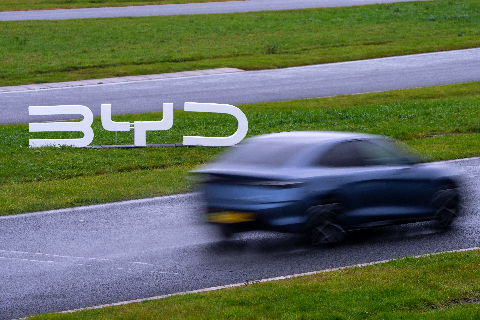


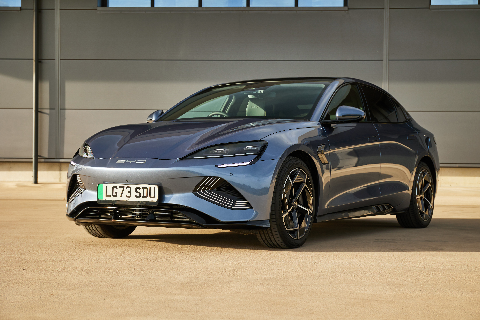
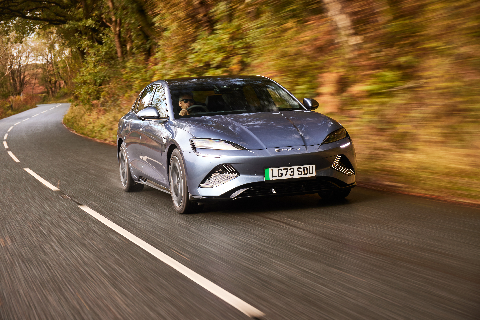
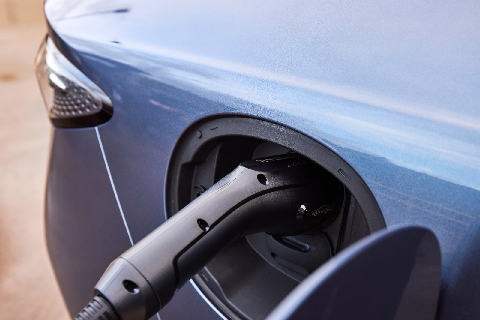
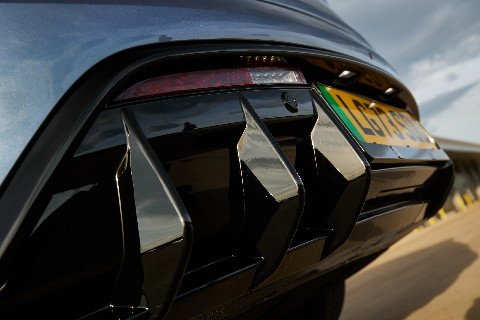
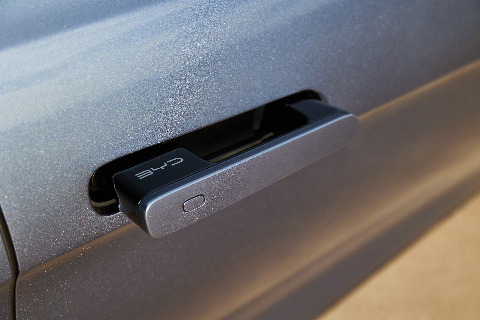
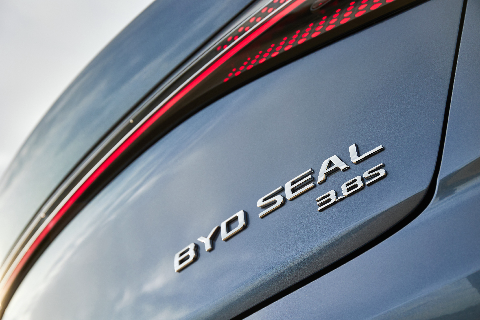
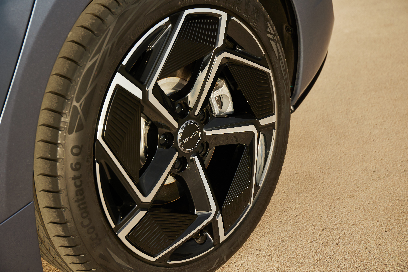
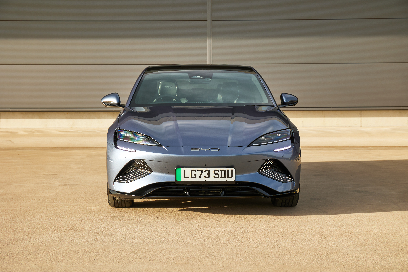
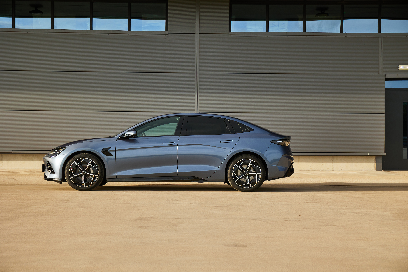
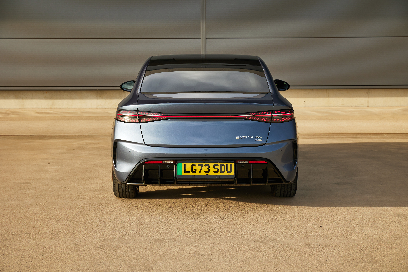
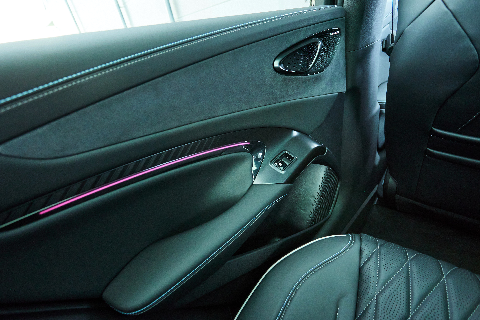
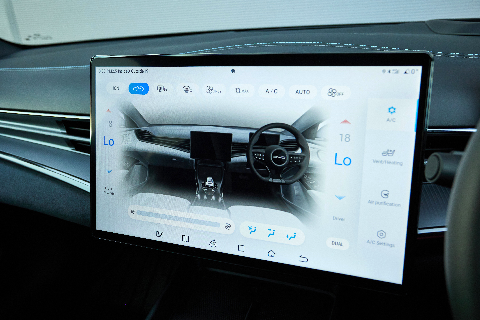
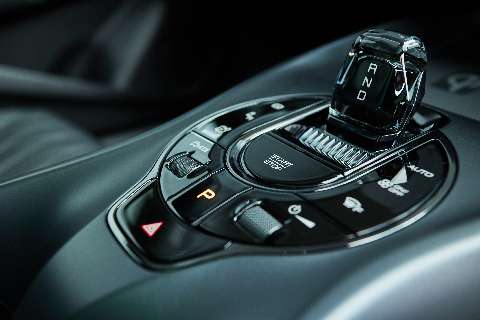
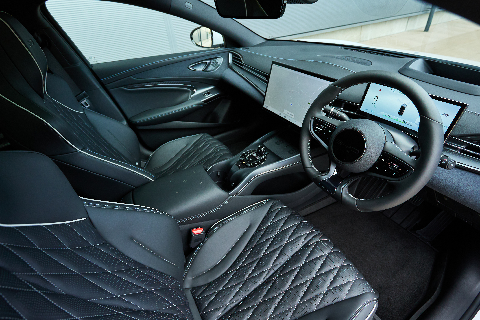
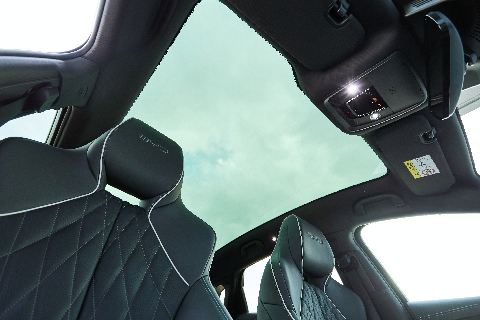
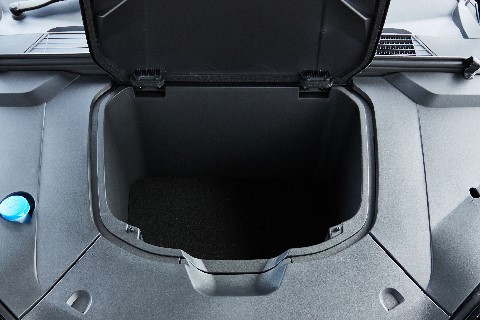
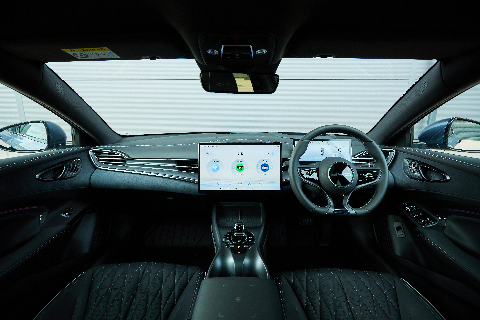
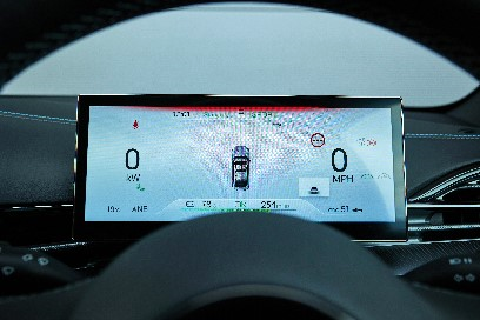
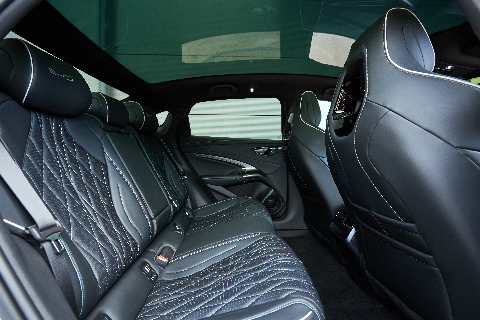
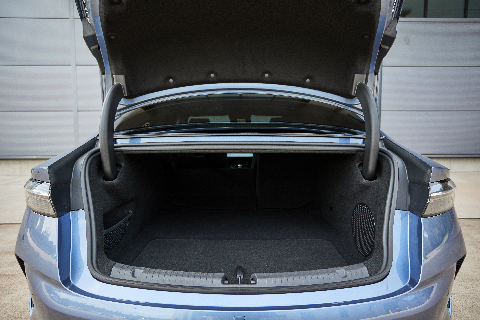
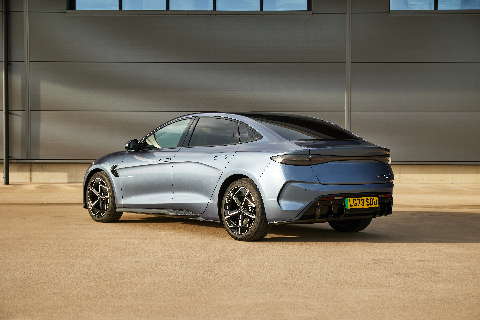

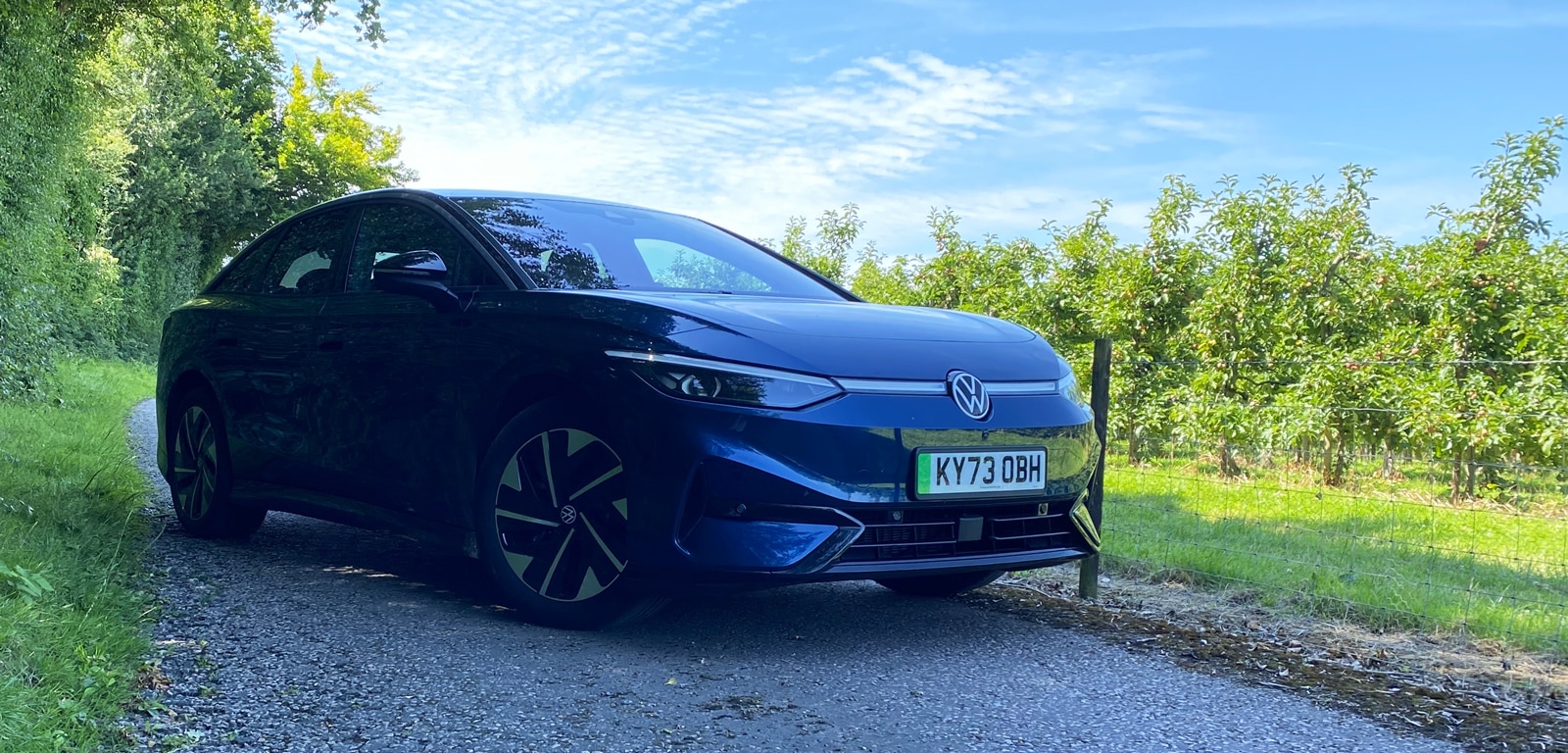
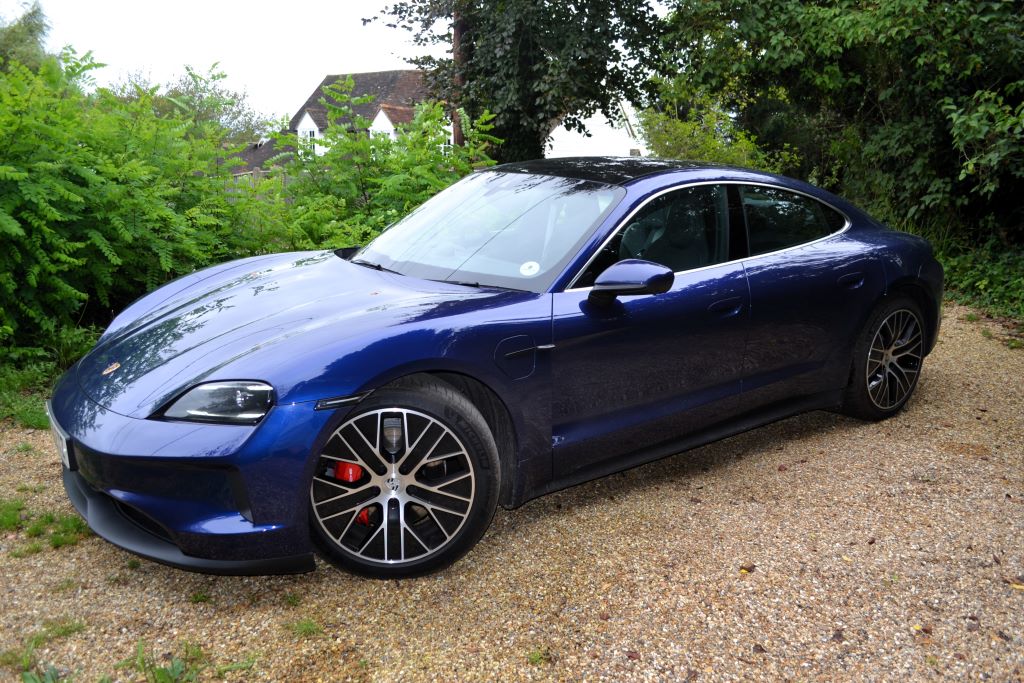
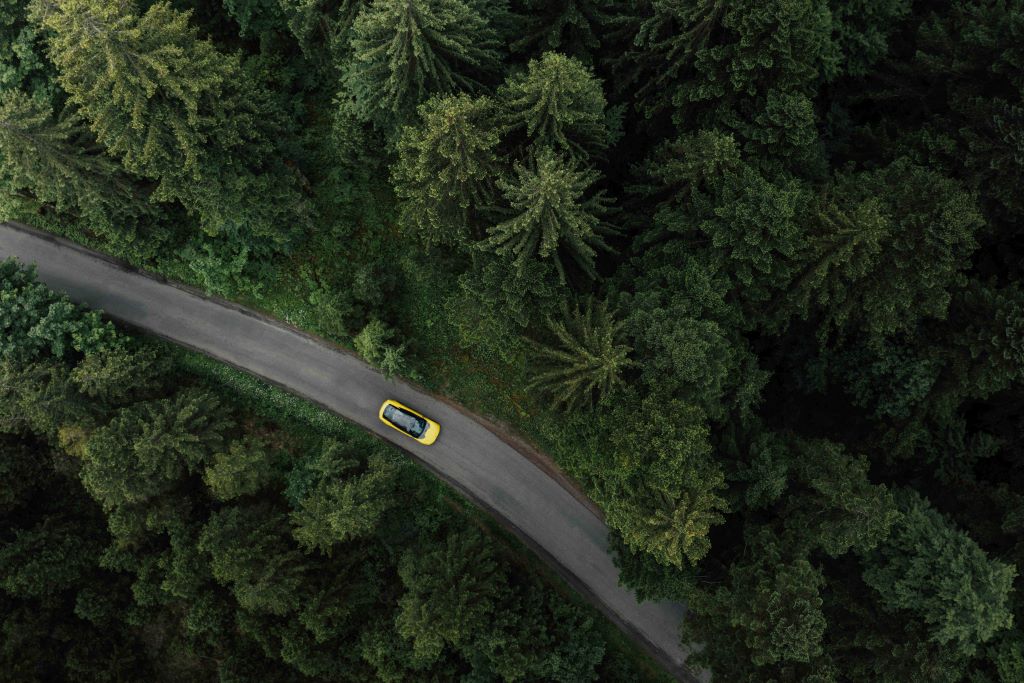
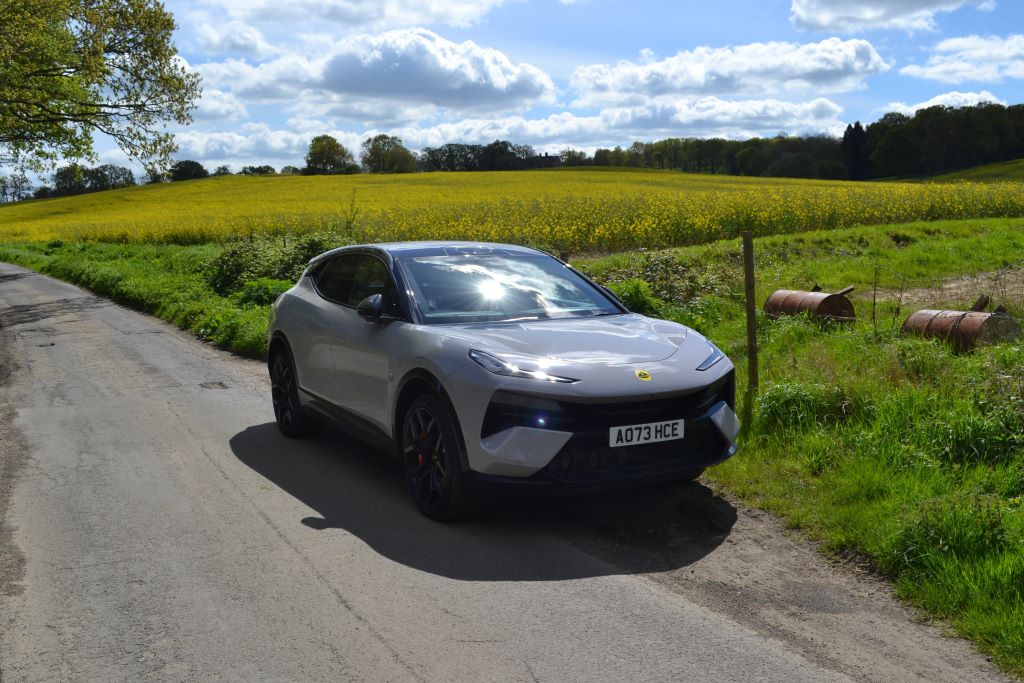
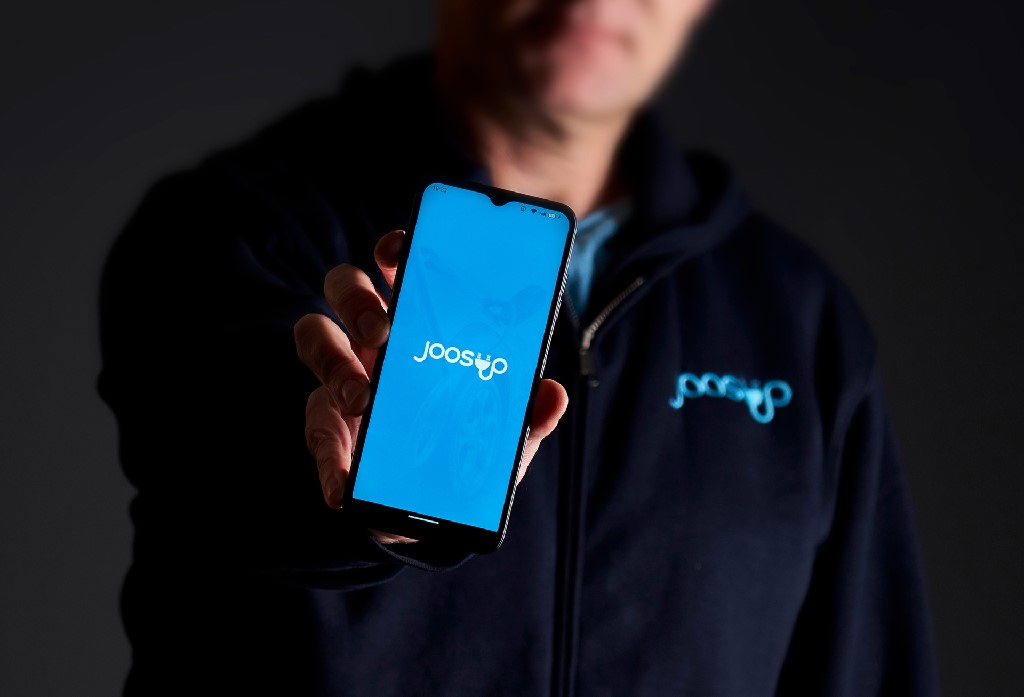
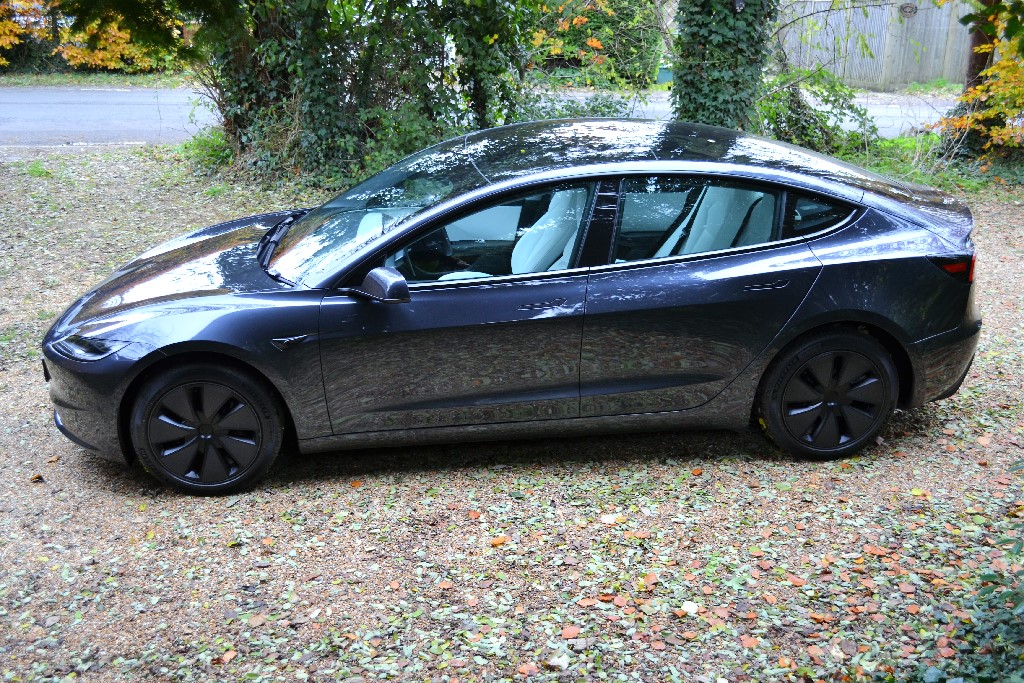

Comments (0)
Be the first to write a comment
Login/ Signup